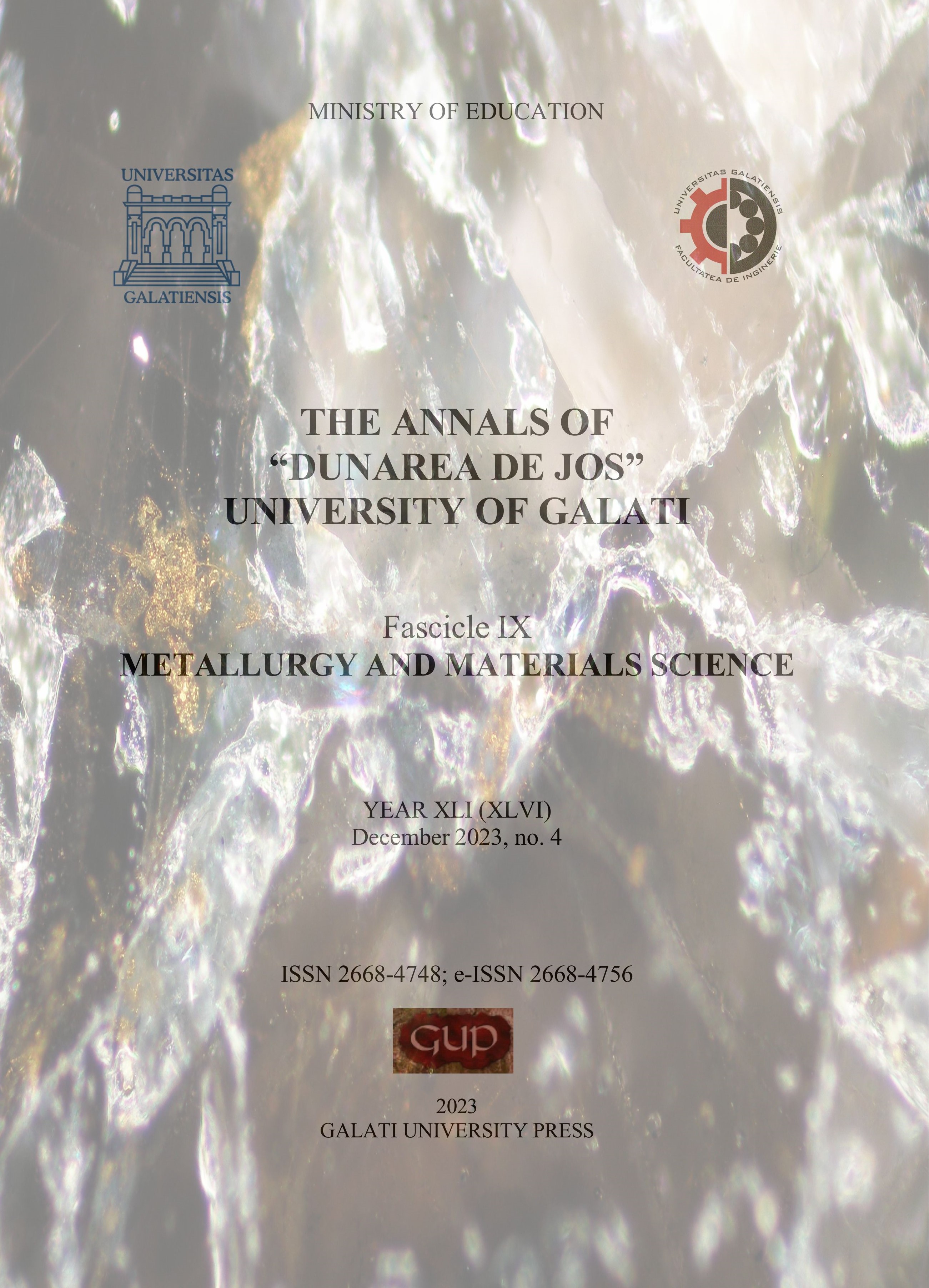Comparative Study of Some Materials Used in Nail Plate Prosthesis
Abstract
Nails are involved in most everyday activities, whether physically for seemingly simple actions such, protection against external factors or roles with an aesthetic implication, for the integration of people into society. Often, any change at an aesthetic level is felt both from the point of view of the patient, who can be affected at a psychological level, feeling anxiety due to the lack of a part considered essential, and from the point of view of society that imposes a certain standard to be accepted in the community. Because of this societal standard, people with an untreatable nail deformity or disease can feel marginalized and excluded. Recently, an important number of studies have been carried out in this field, especially since the uses of polymeric materials have gained a wide field of applicability.
In this work, the comparison between three types of polymeric materials used in salon work was highlighted, for the aesthetic treatment of some diseases with a long healing time or even untreatable, by making prostheses for the affected nail plates of onycholysis. The mentioned materials were analysed microscopically, tested for roughness and hardness, and tested for compression and bending resistance, in order to understand how a nail prosthesis made of these materials behaves under different actions and external factors to which the nails are subjected to in daily activities. Finally, the method of making a nail prosthesis from one of the tested polymeric materials was presented and the importance of the functions of the nails, both aesthetic and medical, was highlighted.
Downloads
References
[2]. Tosti A., Cameli N., Piraccini B. M., Fanti P. A., Ortonne J. P., Characterization of nail matrix melanocytes with anti -PEP1, anti-PEP8, TMH-1, and HMB-45 antibodies, J Am Acad Dermatol, 31, p. 193-196, 1994.
[3]. Ito T., Ito N., Saathoff M., et al., Immunology of the human nail apparatus: the nail matrix is a site of relative immune privilege, J Invest Dermatol, 125, p. 1139-48, 2005.
[4]. Walters K. A., Flynn G. L., Marvel J. R., Physicochemical characterization of the human nail: permeation pattern for water and the homologous alcohols and differences with respect to the stratum corneum, J Pharm Pharmacol, 35, p. 28-33, 1983.
[5]. de Berker D., Nail anatomy, Clin Dermatol, 31, p. 509-515, 2013.
[6]. Fleckman P., Anatomy and physiology of the nail , Dermatol Clin, 3, p. 373-381, 1985.
[7]. Rodriguez-Takeuchi S. Y., Villota V., Renjifo M., Anatomy and pathology of the nail and subungual space: Imaging evaluation of benign lesions, Clin Imaging, 52, p. 356-364, 2018.
[8]. Adams R. M., Effects of mechanical trauma on nails, Am J Ind Med, 8, p. 273-280, 1985.
[9]. Belyayeva E., Gregoriou S., Chalikias J., et al., The impact of nail disorders on quality of life, Eur J Dermatol, 23, p. 366-371, 2013.
[10]. Lee D. K., Optimal diagnosis and management of common nail disorders, 54, p. 694-712, 2022.
[11]. Iorizzo M., Piraccini B. M., Tosti A., Nail cosmetics in nail disorders, J Cosmet Dermatol, 6, p. 53-58, 2007.
[12]. Kanerva L., Lauerma A., Jolanki R., Estlander T., Methyl acrylate: a new sensitizer in nail lacquer, Contact Dermatitis, 33, p. 203-204, 1995.
[13]. ***, https://pubchem.ncbi.nlm.nih.gov/compound/4093#section=Structures.
[14]. Kinney S. M., Ortaleza K., Vlahos A. E., Sefton M. V., Degradable methacrylic acid-based synthetic hydrogel for subcutaneous islet transplantation, Biomaterials, 281, 2022.
[15]. ***, https://astromagazin.ro/microscoape-metalurgice/15202-microscop-metalurgic-inversat-kern-olm-171.html.
[16]. ***, Insize ISR-C002, http://www.insize.com/page-169-267.html.
[17]. Tretyakova T., Wildemann V., Tretyakov M., Investigation of the Portevin-Le Chatelier effect in metals under additional vibration impact by using the DIC-technique and the IR-analysis, Procedia Structural Integrity, 18, p. 837-842, 2019.
[18]. ***, Instron 8850. https://www.directindustry.com/prod/instron/product -18463-1663085.html.
[19]. Kerai L. V., Hilton S., Maugueret M., et al., UV-curable gels as topical nail medicines: In vivo residence, anti -fungal efficacy and influence of gel components on their properties, Int J Pharm, 514, p. 244-254, 2016.



